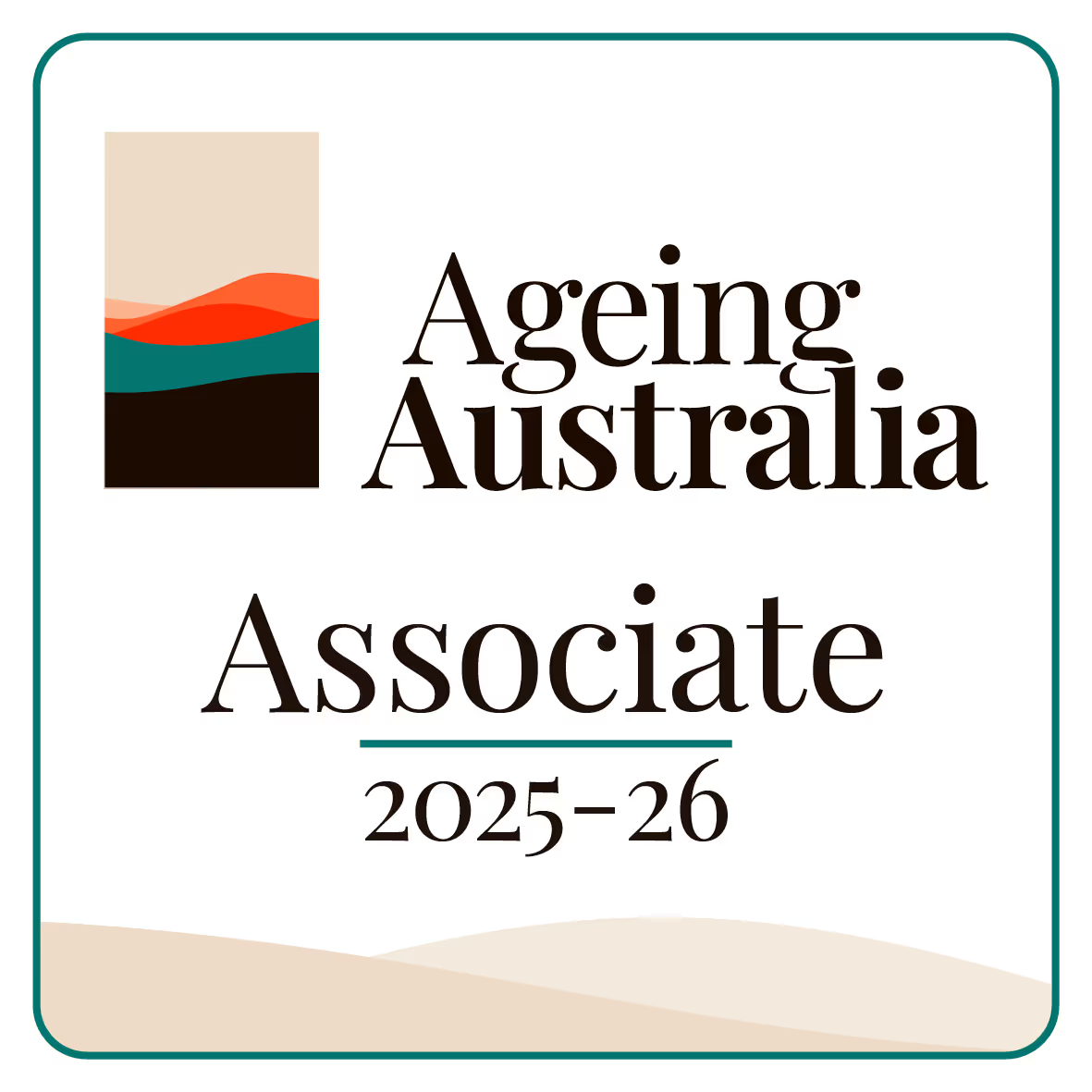Imagine stepping into someone else's shoes for a moment—an older adult who needs help with daily tasks, personal care, or medical attention. It is a situation many people face in later life, and aged care standards exist to ensure they receive the respect, comfort, and care they deserve.
As a healthcare provider, nurse, or medical staff member, you play an important role in making these standards come to life. But what exactly are aged care standards, and why are they so important? Let us unpack this topic piece by piece so you can walk away feeling well-informed and confident about your role.
What Are Aged Care Standards?
Aged care standards are the rules and benchmarks that govern how care is delivered to older adults. They exist to ensure that residents in aged care facilities or those receiving home-based support enjoy safe, high-quality care. These guidelines set expectations for everything from hygiene practices to how residents are treated emotionally.
Think of them as a map that guides you on how to provide care that meets not just physical needs but also emotional and social ones. They ensure that every older adult—no matter their background or health condition—is treated with dignity and compassion.
Why Do Aged Care Standards Matter?
If aged care is a house, standards are its foundation. They give structure and stability to care practices and keep everyone—from caregivers to residents—on the same page. Without these standards, care might feel like a house of cards, wobbling with uncertainty.
Here is why they matter:
- They Safeguard Residents: Aged care standards protect residents from neglect, harm, or subpar care.
- They Guide Caregivers: For you, as a caregiver, these standards clarify expectations and simplify decision-making.
- They Build Trust: Families trust aged care facilities knowing there are rules in place to keep their loved ones safe.

The Key Areas Covered by Aged Care Standards
1. Personal and Clinical Care
Residents deserve care that supports their health, safety, and well-being. This includes managing chronic conditions, administering medication correctly, and addressing personal hygiene needs.
Example:
Mrs. Jones, a diabetic resident, relies on her nurse to monitor her blood sugar and ensure her meals align with her dietary needs. Aged care standards help make sure no details are missed.
2. Resident Dignity and Choice
It is not just about providing care—it is about doing it in a way that respects the person receiving it. Residents should have the freedom to make decisions about their lives, whether it is what to wear, what to eat, or how they spend their time.
Tip for Providers:
Ask, “How would I want to be treated if I were in their shoes?” This simple question can guide your interactions.
3. Cultural and Emotional Support
Every resident has a unique story, and aged care standards encourage caregivers to acknowledge and respect their cultural backgrounds and emotional needs.
Anecdote:
Mr. Singh, an aged care resident, finds comfort in hearing traditional music from his homeland. When staff play his favorite songs during meal times, it makes his day.
The Role of Aged Care Guidelines
Guidelines are the practical side of aged care standards. While standards set the what, guidelines detail the how. For instance, if a standard emphasizes infection control, the guideline might specify how often surfaces should be cleaned or how staff should handle medical equipment.
By following these care regulations, you can provide consistent, safe care that meets both professional requirements and personal expectations.
How Are Aged Care Standards Monitored?
Standards are not just words on paper. They are actively monitored by government bodies and regulatory agencies. This oversight ensures accountability and helps facilities improve their practices.
Inspections, audits, and feedback from residents and their families play a big role in this process. Think of it as a report card for aged care providers, ensuring everyone stays on track.
Your Role in Upholding Resident Standards
As a healthcare professional, you are the heart and soul of aged care. The standards may set the rules, but you bring them to life.
- Attention to Detail: Whether it is checking a medication dosage or responding to a resident’s call, every small action adds up.
- Empathy: A smile, a kind word, or taking the time to listen can make all the difference.
- Teamwork: Collaborating with colleagues ensures that all aspects of care are covered.

Overcoming Challenges in Aged Care
Caring for older adults can feel overwhelming at times, especially when juggling multiple needs. It is easy to feel stretched thin. Here are some tips to keep things manageable:
- Prioritize Communication: Open dialogue with residents and their families helps set expectations and avoid misunderstandings.
- Stay Organized: Keeping notes and schedules can help you manage tasks efficiently.
- Ask for Help: Remember, you are part of a team. Lean on each other for support when needed.
The Future of Aged Care
The field of aged care is always evolving. As healthcare advances and populations age, standards will adapt to meet new challenges. Staying informed and flexible is key to providing the best care possible.
But at its core, aged care will always be about people—supporting them through life’s later stages with kindness and respect.
Final Thoughts
Understanding aged care standards is like having a compass—it guides you in the right direction and ensures that every resident receives the care they deserve. For medical staff, healthcare providers, and nurses, these standards are not just rules but a reflection of the deep trust placed in you to care for others.
When you focus on the person behind the need, the standards become second nature. And that is the heart of aged care: connecting with people and making their days a little brighter.










